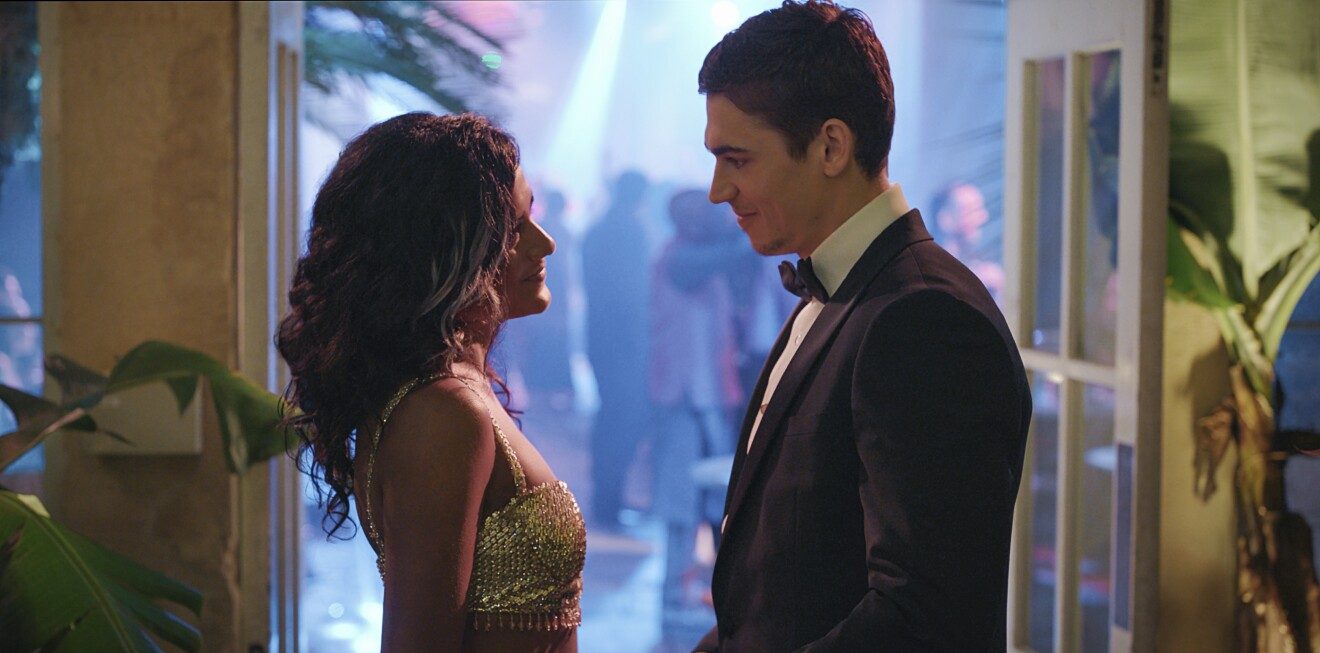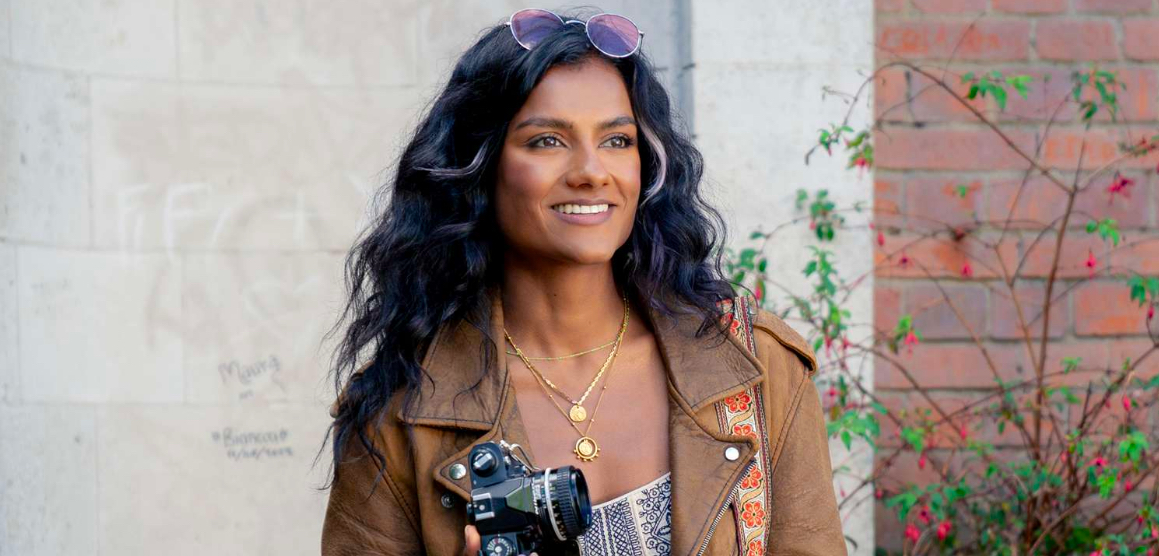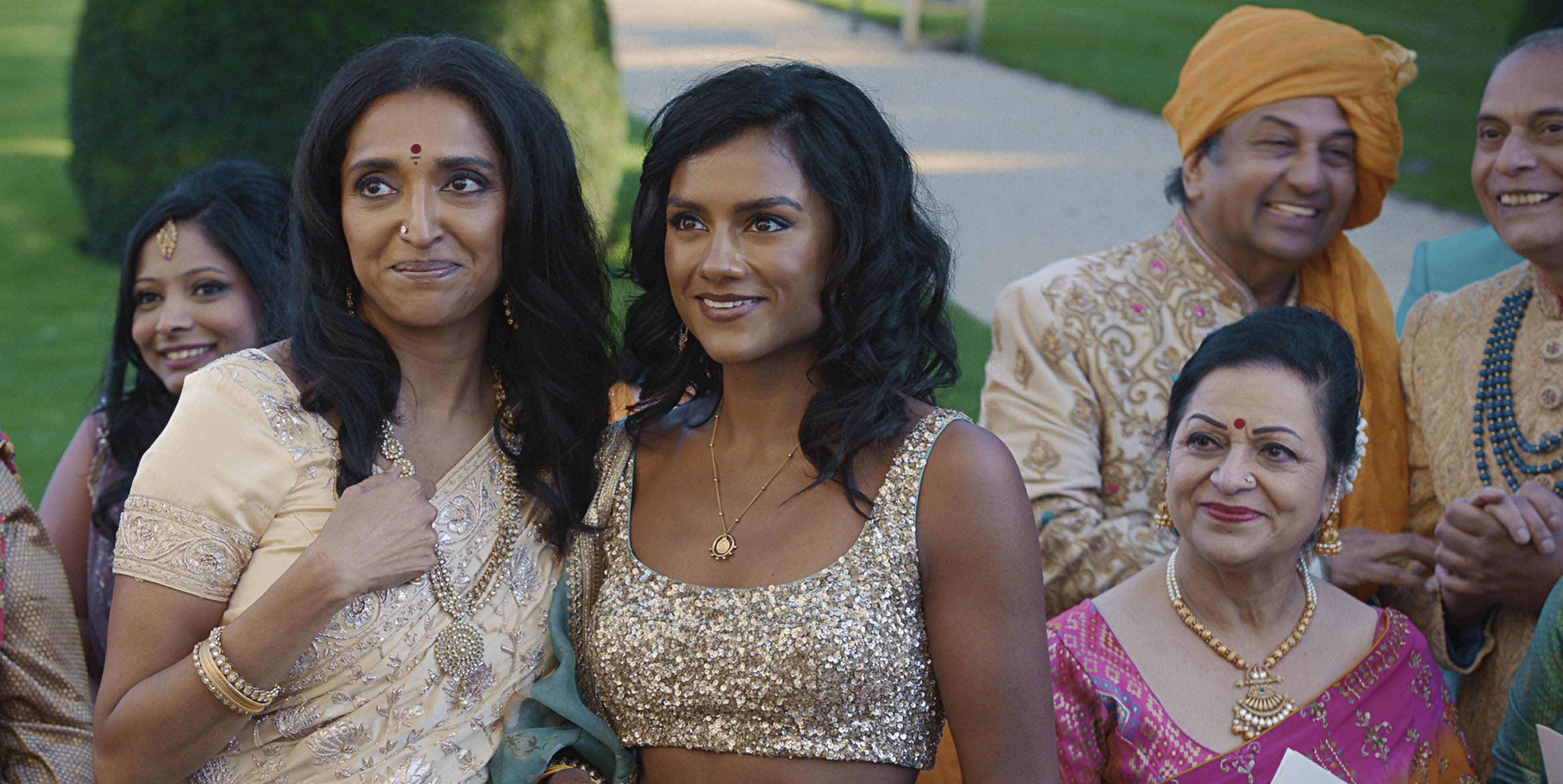Directed by Prarthana Mohan, Prime Video’s romantic comedy film, ‘Picture This,’ follows the story of Pia, a portrait photographer who is struggling in her personal and professional lives. On the career front, her studio, Ninth Mandala, is in a financial bind as there is a severe dearth of clients. On the personal front, she has no love life to speak of and is still hung on the guy she was with before she left her small town to go to university. As the celebration of her sister’s wedding starts, Pia is told by her family’s spiritual guru that she will find her soulmate in one of the next five men she goes on a date with. Thus begins Pia’s quest for love, and the way it unfolds, some very realistic sides of modern dating come out.
Picture This’ Fictional Premise Relates to Real Struggles of Modern Dating
‘Picture This’ is a fictional story based on the 2024 Australian film, ‘Five Blind Dates,’ written by Shuang Hu and Nathan Ramos-Park and directed by Shawn Seet. The original screenplay was adapted for the British rom-com by Nikita Lalwani. The idea to have the protagonist go on five blind dates to find their soulmate came from Nathan Ramos-Park, who had initially thought of it as a reality series. He was shopping around the idea for a show where a person would have to go on dates with five people chosen by their family members or close friends. However, it proved to be a better idea for a film.

When Nikita Lalwani was brought on board to adapt the story for a British-Indian family, she made a lot of cultural changes to the story. In ‘Five Blind Dates,’ the protagonist is Australian-Chinese, so there is a significant shift in the way some things unfold in ‘Picture This.’ For example, in the original film, the protagonist runs an artisanal tea shop. However, in the British version, the main character is a photographer running a portraiture studio. Moreover, the screenwriter also imbued the story with her own experiences, particularly in the context of her dating and how involved family and friends can tend to be in one’s love life.
For actress Simone Ashley, Pia’s character was also about going on a journey of self-discovery, which she believes is a universal emotion that any audience can relate to, whether or not they have an Indian background. The director, Prarthana Mohan, on the other hand, was focused on shaking up the idea of what a rom-com is believed to be. She wanted to flip expectations and present a protagonist who doesn’t just get a happy ending but has her story unfold in a way that feels believable and can be sympathized with. She wanted Pia to have agency over her own fate and to own her choices, no matter how they turned out in the end.
Pia’s Ninth Mandala is Fictional But Important to the Plot

While her love life is in shambles, Pia’s story also focuses on the struggles of keeping her portrait studio, Ninth Mandala, alive. It is a fictional studio, the idea of which came from Simone Ashley, who is also credited as the executive producer of the film. When the project was still in its early stages, she suggested that Pia should be a photographer instead of running a tea shop, and that’s how Ninth Mandala was born. The fictional studio-cum-apartment is a mix of real locations used to film its exteriors and sets, used to film the interior scenes that required a finer touch. The crew filmed major scenes for the same on Great Eastern Street in Shoreditch, while Potters Bar, a small town in Hertfordshire, England, also emerged as a key location. The film also employed other picturesque locations in Welwyn and Woolwich to bring a more intimate vibe to the story.
Read More: Best Romantic Movies on Hallmark Plus


